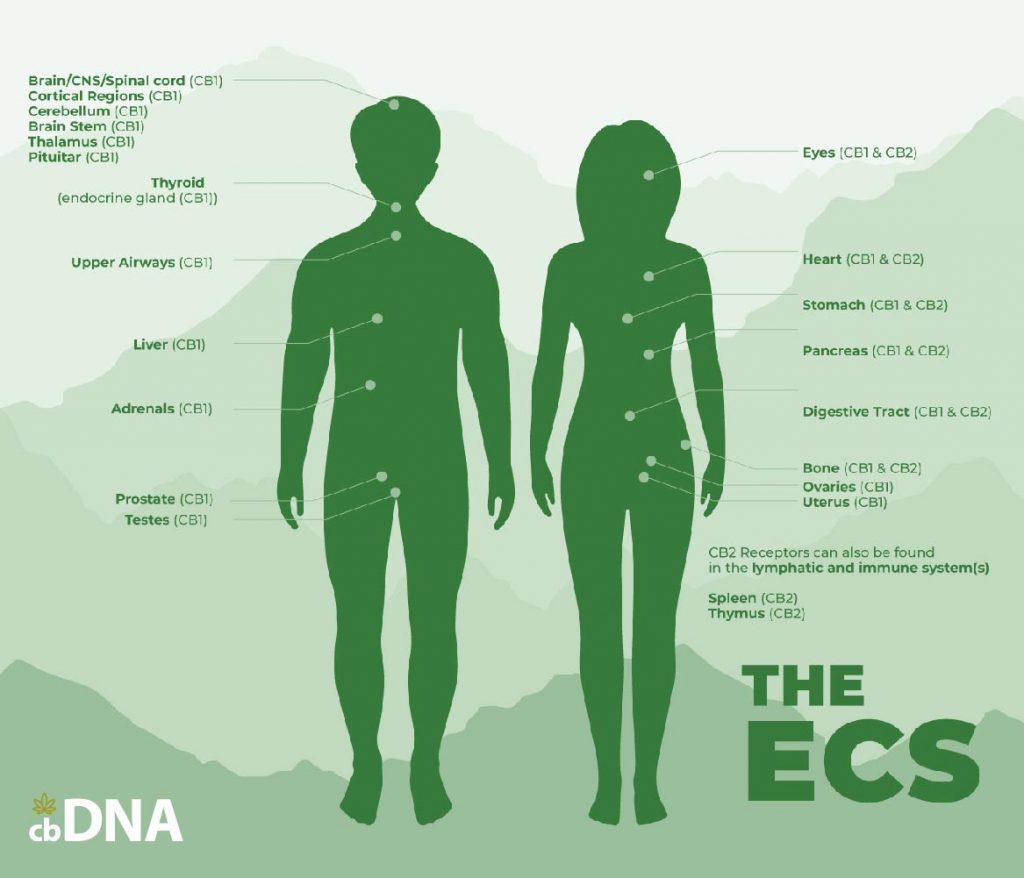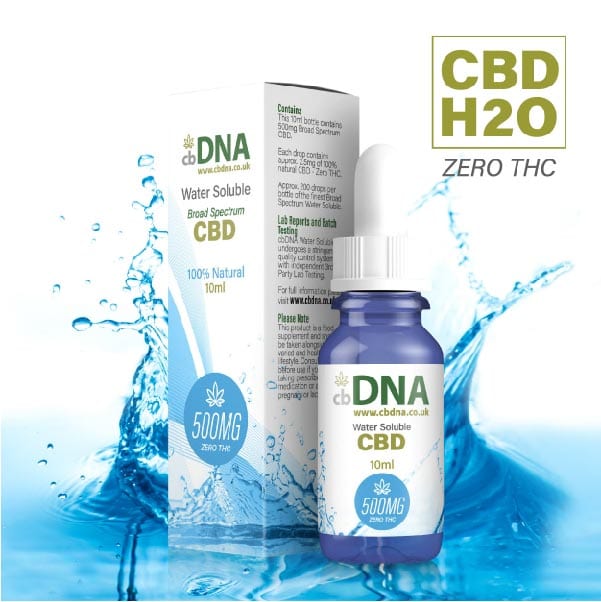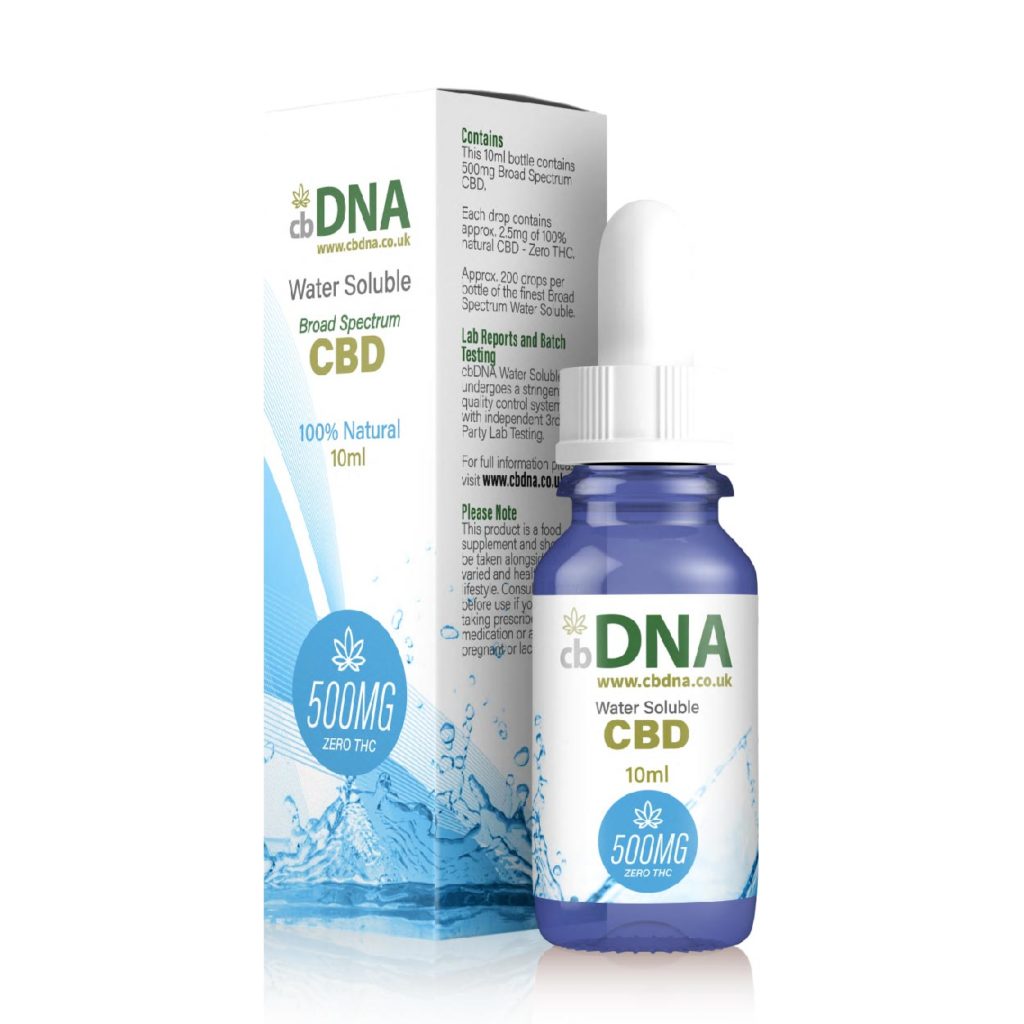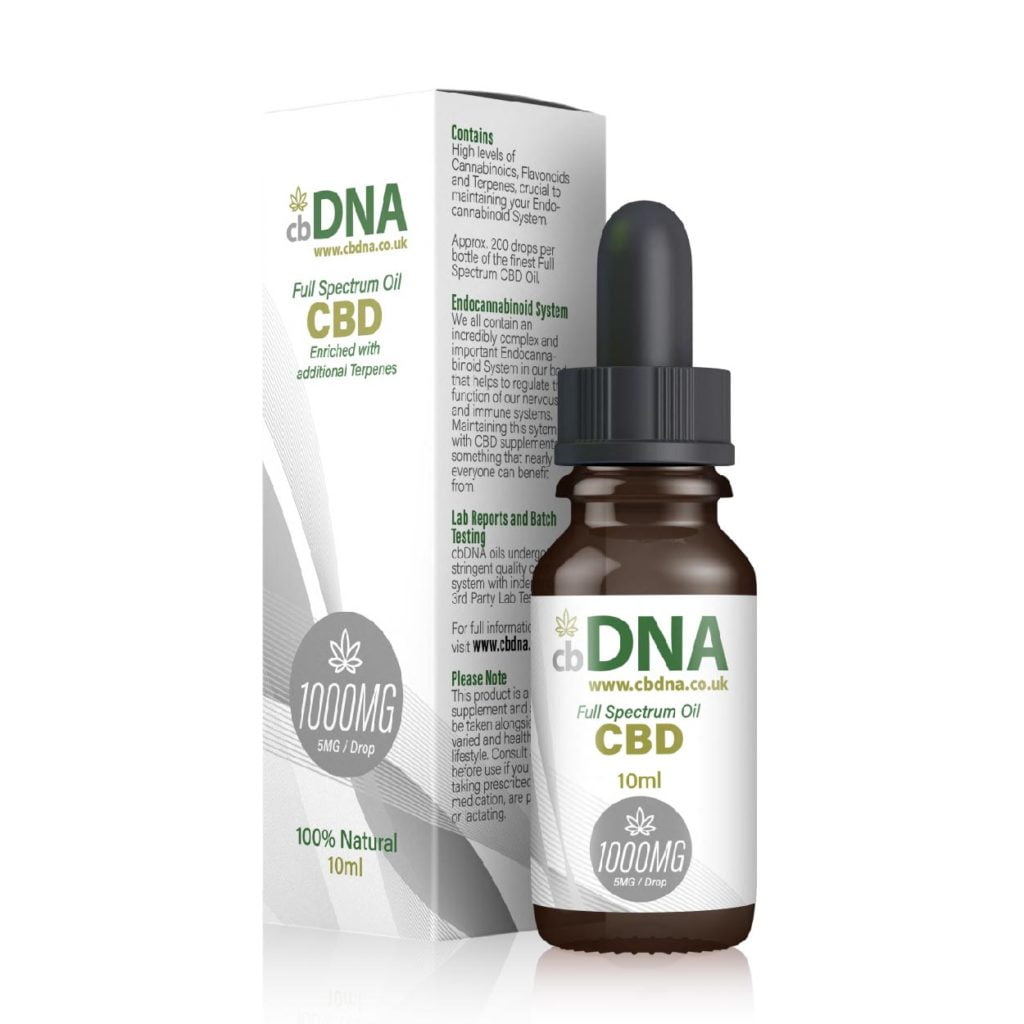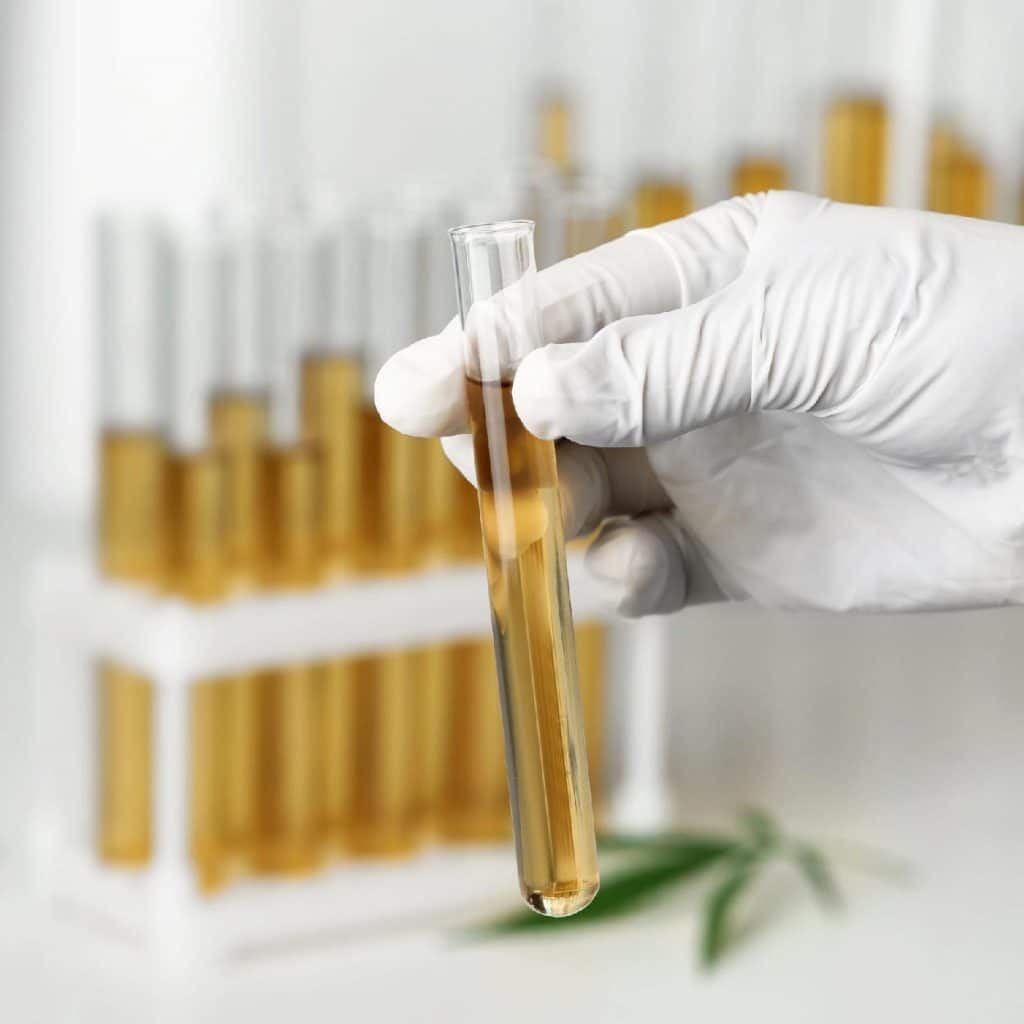
CBD Lab Reports: The rapidly expanding cannabidiol (CBD) industry and the lack of regulations surrounding the sales of such products has flooded the market with low-quality CBD products. At present, several brands are exaggerating or being untruthful about their products, and so, it is extremely important to research before purchasing so you can make sure you’re getting genuine CBD products. For instance, certain UK CBD companies have been found to label their CBD products with a quality stamp despite the product being contaminated with harmful substances. Here’s what to look for:
CBD Lab Reports: Cannabidiol (CBD) Content
CBD concentration is another key aspect of a CBD product report. The strength and content of CBD in a product is important to consider as people vary in height and weight, therefore, a particular CBD product that works well for one person may cause adverse effects in the other.
Legally, CBD products should contain the same levels of CBD as advertised on their labels, although, certain companies are still manufacturing products that contain different amounts of CBD than what’s stated on the label. This means that certain consumers do not achieve the desired results as they are not consuming the amount of CBD they expect.
Third-party laboratory tests offer an excellent opportunity to confirm true CBD content. The lab report lists the strength and content of cannabinoids in mg or percentage. The potency refers to the strength of a product, hence, a more potent oil means a stronger oil.
CBD Lab Reports: Tetrahydrocannabinol (THC) Content
Tetrahydrocannabinol (THC) is the component responsible for the high one experiences upon smoking or consuming cannabis. This substance is heavily restricted within CBD products, and as such any CBD product you buy should contain no more than 0.2%.
CBD Lab Reports: Terpenes Content
Aside from cannabinoids, terpenes are elements present in the cannabis plant. Which play a significant part in producing the effects associated with cannabis. These organic compounds produce aromatic and flavor diversity. They function in a similar manner to cannabinoids in that. They bind to receptors in the brain and produce different effects.
A satisfactory lab report will state an assorted amount of terpenes in the CBD oil preferably at a higher level. Every CBD product will have different terpene content depending on the strain of the hemp plant. The method by which the CBD is extracted will also have an impact on terpene content. For example, The conventional extraction method uses carbon dioxide (CO2). Ethanol can reduce the number of terpenes present but research has shown. This extraction method also preserves the beneficial terpenes.
There are a few other things to look out for in CBD Lab Reports, such as heavy metals, and solvents.
Heavy Metal Content
Heavy metals – like zinc, copper, iron and manganese. Present in many food and water products, and even the air. We breathe contains certain heavy metals due to erosion and weathering. In small amounts, these metals pose no threat to human health, however, nowadays, increased industrial. Agricultural pollution has led to a significant increase in pollutants entering crops. Which can be extremely harmful to animals and humans if consumed at elevated concentrations.
Hemp strains hold many benefits, with one key function being. They can absorb most elements and compounds in the soil. For this reason, hemp is commonly used to detoxify areas of land polluted by oil, heavy metals, pesticides, and other contaminants. Once the hemp plant is harvested, the contaminants are no longer present in the soil.
The contaminate absorption ability of the hemp plant poses a threat to individuals who consume cannabis-based products as extreme exposure to heavy metals can result in severe health risks, particularly for individuals already suffering from a medical condition. An independent laboratory should test for heavy metals and describe them in the published report.




